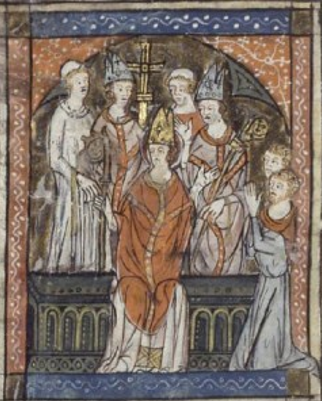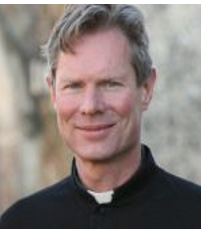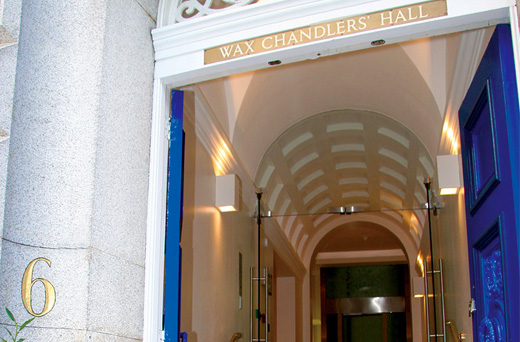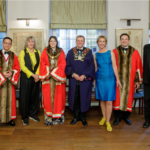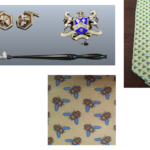On our doorsteps…St. Vedast-Alias-Foster
Once again, a short historical article of interesting City places which are just a stone’s throw away from our Hall. This time, just gentle underarm lob, as we continue from our last newsletter with a City Churches theme and look at what has become, in recent years, “our parish church “just around the corner, St. Vedast-Alias-Foster in Foster Lane.
St Vedast was venerated in particular by the Augustinian priors in the 12th century, and they may be responsible for the foundation of the few churches dedicated to him. Only one other church in England is currently dedicated to St Vedast, in Tathwell, Lincolnshire, a third parish in Norwich now being remembered only in a street name. Some of the works and legends of St Vedast are celebrated in the stained-glass windows of the church.
It has been suggested that the original church of St Vedast may have been founded by the Flemish community in London in the 12th or 13th century, possibly by a Flemish ancestor of Ralph d’Arras, who was the Sheriff of London in 1276. church, evidence of its construction can still be seen in the south wall of the church externally. First of all, who was St. Vedast? The church is dedicated to a French saint, little known in Britain, who was Bishop of Arras in northern Gaul around the turn of the 6th century. Vedast, who was called in Latin, Vedastus; in Norman, Vaast; in Walloon, Waast; and in French, Gaston, helped to restore the Christian Church in the region after decades of destruction by invading tribes during the late Roman empire and to convert Clovis, the Frankish king. Remembered for his charity, meekness and patience, he is buried at Arras cathedral.
His name in England has been corrupted from St Vaast, by way of Vastes, Fastes, Faster, Fauster and Forster to Foster, the name of the lane at the front of the church, and the reason that the official designation of the church is St Vedast-alias-Foster.
The first church was probably quite small, but additions were made through the centuries. A chapel dedicated to St Dunstan was added in the 15th century, and other altars were added in the 16th century to Mary and to St Nicholas. By 1603, Stow in his Survey of London described St Vedast as ‘a fair church, lately rebuilt’. Although no complete or accurate account survives for this early
How the church may have suffered during the Civil Wars of the mid-17th century is unrecorded, but given that the Parliamentarians kept horses stabled in the chancel of nearby St Paul’s Cathedral, it is likely to have been badly affected. The current Rectors’ Board lists the years between 1643 and 1661 as under Foulke Bellers, a ‘Commonwealth Intruder’.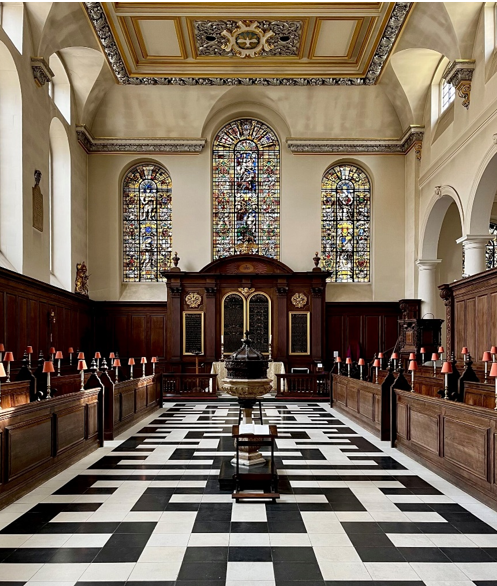
The disastrous Great Fire that swept through the City in September 1666 reached St Vedast on the third day. Afterwards, it was thought that although the roof, pews, pulpit and other fittings had been destroyed, the church could be repaired satisfactorily. Sir Christopher Wren set about the main part of the church which was rebuilt 1670–1673 on the old walls at a cost of £1,853, 15s the cheapest of all Wren’s City commissions. Some parts of the medieval fabric were incorporated, most noticeably the south wall which was revealed by restoration in 1992–93.
The tower, on the other hand, survived in its original state until 1694 when it was pulled down, and a new one erected in 1695–98. The three-tier spire, considered one of the most baroque of all the City spires, was added in 1709–12 at a cost of £2,958, possibly to the designs of Nicholas Hawksmoor, whose correspondence with the churchwardens also survives, but whose drawings do not. With this late completion date, it was possibly the last of Wren’s city churches to be finished.
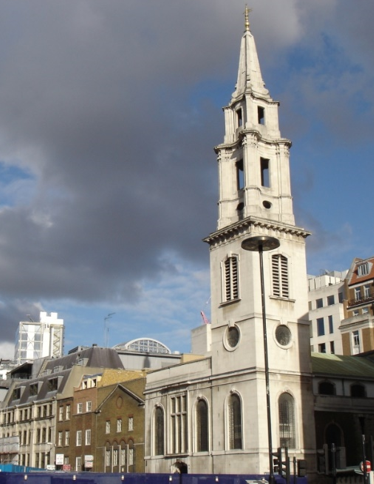
On 29th December 1940, London was attacked by German air raids that dropped some 24,000 high explosive bombs and 100,000 incendiaries, mostly in the City. Although the Cathedral itself survived thanks to hundreds of volunteer firefighters, much of the area around St Paul’s was utterly destroyed. As after the Great Fire of 1666, St Vedast was gutted and left a burnt-out shell, with roof, pews, pulpit and fittings all ruined. As the structure of the church and its tower were deemed to be safe, plans to restore the church began in 1947. The work itself only started in 1953, under the auspices the architect Stephen Dykes Bower and what we see today has much to do with him, including the collegiate seating.
The Wax Chandlers Company has a close association with St. Vedasts and The Rector, Reverend Paul Kennedy, is a familiar face at The Hall and leads our Company services. We support the Church and that includes supplying the Candles. They hold regular midweek services in addition to the main Sunday service supported by a fine music tradition. The Bells of St. Vedast’s regularly ring out across the city. The church is open to view during the day for sightseeing and those seeking a quiet space to sit and reflect. If you haven’t been able to attend one of the Company’s services, you are missing out on a treat. May be put the evening of Wednesday 11th December in your diary for our annual Choir service.

